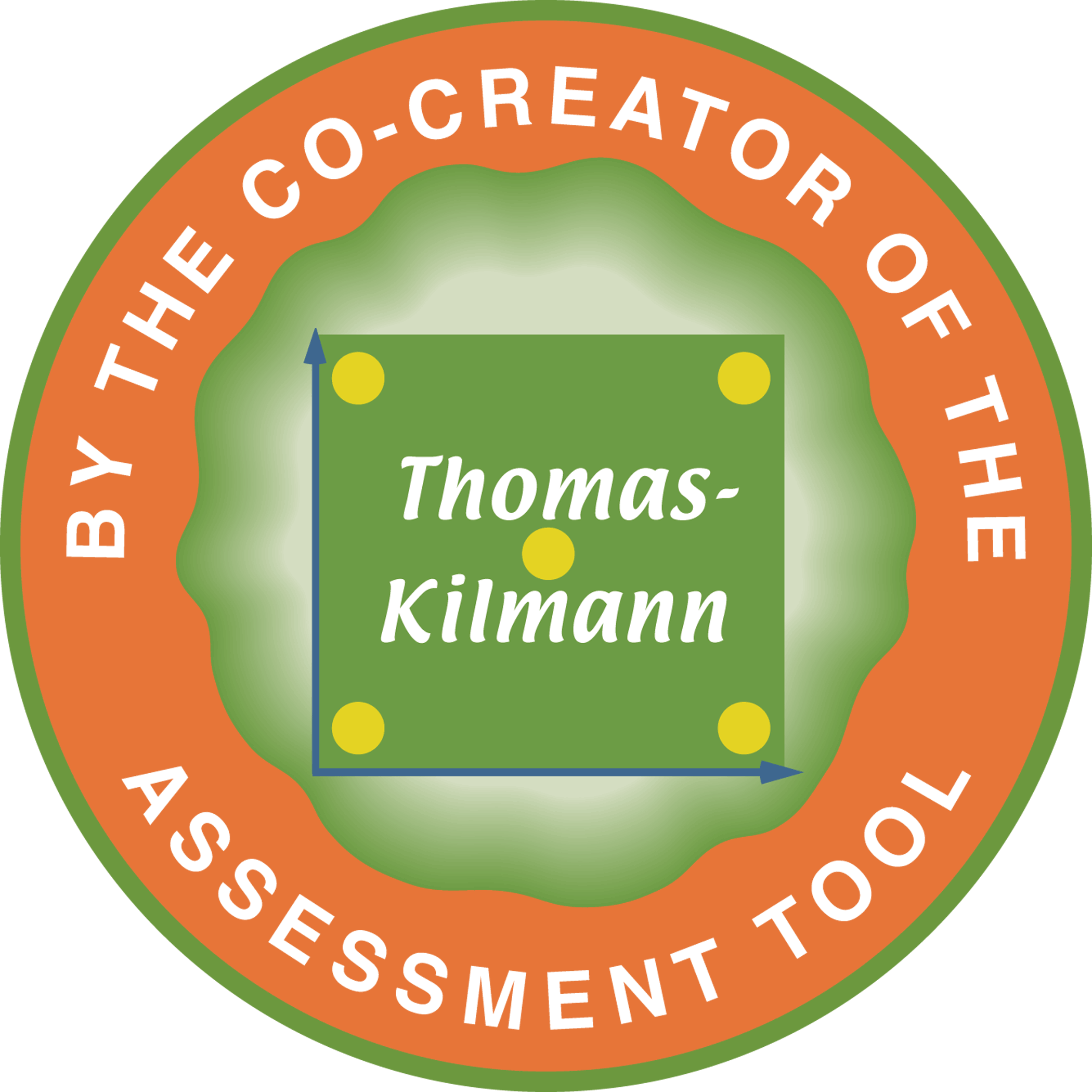20 Apr Developing a Culture to Support Diversity in the Workplace
Ralph H. Kilmann, co-author of the Thomas-Kilmann Instrument (TKI)
An organization can hire a diverse workforce and can prepare formal, written policies that stipulate how differences must be respected at all times. And yet, it’s the informal cultural norms that dictate (and enforce) whether those employee differences will actually be respected and fully utilized on a daily basis. Since cultural norms are rarely written down, let alone ever discussed in group meetings, it’s those silent “rules of the game” that shape everyone’s behavior on the job. Thus, to overcome the debilitating effects of cultural norms that silently convince members to talk diversity but to reinforce absolute conformity to “how we do things around here,” a process is needed to bring the dysfunctional cultural norms out into the open so they can be seen for what they are… so they can be changed to truly respect and fully utilize the diverse perspectives that are present in every work group in an organization.

Typically, in a off-site meeting (usually without the immediate boss present, which ensures a more open and probing discussion), work groups list the unwritten ACTUAL cultural norms that currently guide their behavior: “Don’t disagree with the boss; treat women as second-class citizens; give lip-service to diversity, but stick with your familiar clique and those who are most like you; put down the work of women and minorities; rely exclusively on the majority’s perspective and opinions when facing a complex problem or conflict; don’t have these conversations about how well we are utilizing our diversity… it makes everyone uncomfortable.” Usually, there is a lot of laughter as these norms are openly expressed for all to hear, since they are so painfully true and also so clearly dysfunctional for achieving long-term organizational success.
Next, those work groups are asked to develop a new list of DESIRED cultural norms… those “rules of the road” that will promote the full utilization of the organization’s diverse human resources — in sharp contrast to a culture of conformity to the majority view. Here are some of the desired norms that are often voiced in these group discussions: “Show respect for everyone in the workplace; go out of your way to ask different people their point of view and to really listen to their different responses; do your best to incorporate those divergent views into the problem at hand, since those divergent views might suggest unique approaches and solutions that the majority might never consider; speak up if you think anyone is being disrespected or ignored during any group discussion; make sure every member is treated as a respected member in the organization; actively encourage women and minorities to express their views and not let the practices of the past (and the typical group pressures to uniformity) to silence them.”
The differences between the ACTUAL cultural norms and the DESIRED cultural norms are known as: Culture-Gaps. As such, the next step in the process is for these same work groups to consider the specific action steps they can take in order to close their largest and most troublesome Culture-Gaps, so the listed desired norms would effectively guide behavior, while those dysfunctional norms, which were previously operating silently and destructively, become a thing of the past.
Typically, one part of every group’s solution to close the identified Culture-Gaps is to create a sanctioning system: an informal reward system that has group members administer informal rewards and penalties to one another for either enacting the desired norms (to be publicly rewarded) or acting out the old dysfunctional norms (to be publicly penalized).
As one example: Consider a desired norm that asks every member to actively search out diverse views while discussing any complex problem. Let’s say there is a group discussion in the workplace and one member goes out of her way to ask every other member if they can suggest a different, even contradictory approach to the problem. Another member would call attention to her diversity seeking behavior, and thus publicly congratulate her, and thereby reinforce the importance of always searching out and including diverse viewpoints on complex matters. But if another group member proposed a perspective to a complex problem but did not bother to ask diverse others for their unique perspective, that focal member would be negatively sanctioned by one or more group members who would publicly call attention to the fact that other viewpoints and experiences had not been actively sought out during the entire group discussion.
So long as the sanctioning system that each group develops is legal and ethical, members can be as creative as possible in designing a fun yet highly conspicuous way of making sure that diversity isn’t mere rhetoric in the workplace, but is, instead, how all the members actually work together on a daily basis so everyone can contribute all their wisdom, experiences, and unique perspectives to their job and organization.

NOTE: Every week, all work groups would spend some time discussing how well they are actually using their sanctioning system and whether they are succeeding at closing their identified Culture-Gaps. Without such ongoing discussion and attention to cultural norms, the whole effort to utilize diversity in the workplace would be ignored and thus the old norms, and strong social pressure to uniformity, would prevail.
Kilmann Diagnostics offers a series of eleven recorded online courses and nine assessment tools on the four timeless topics: conflict management, change management, consciousness, and transformation. By taking these courses and passing the Final Exams, you can earn your Certification in Conflict and Change Management with the Thomas-Kilmann Instrument (TKI). For the most up-to-date and comprehensive discussion of Dr. Kilmann’s theories and methods, see his 2021 Legacy Book: Creating a Quantum Organization: The Whys & Hows of Implementing Eight Tracks for Long-term success.




